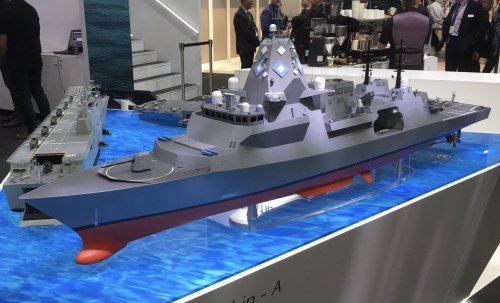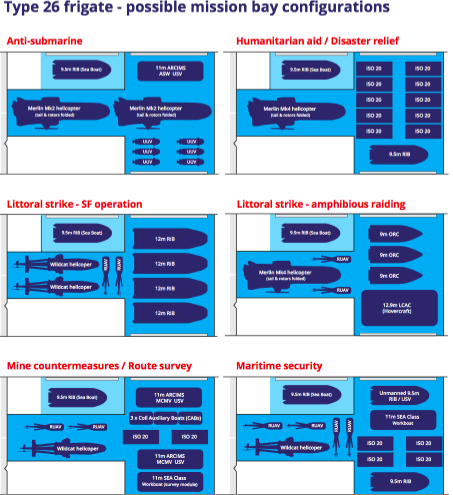Ron5
I really should change my personal text
- Joined
- 19 January 2016
- Messages
- 95
- Reaction score
- 100
The Treasury would have to pay for any infrastructure improvements. Bae asked for 200 million for the "frigate factory" noting that the monies would be more than paid back by savings over the lifetime of the program. The Treasury declined.
I'm sure you would like to deny these facts by saying Bae should fund themselves. Right now, all Bae has guaranteed is an order for 3 ships at the tiny profit margin the Treasury allows for military contracts. Financially that does not warrant a major infrastructure investment. Only an order for the 8 would do that and the Treasury will not commit that much. The Treasury lives year to year, they are constitutionally averse to spending now to save later. Despite that being a main plank of Smart Procurement.
I'm sure you would like to deny these facts by saying Bae should fund themselves. Right now, all Bae has guaranteed is an order for 3 ships at the tiny profit margin the Treasury allows for military contracts. Financially that does not warrant a major infrastructure investment. Only an order for the 8 would do that and the Treasury will not commit that much. The Treasury lives year to year, they are constitutionally averse to spending now to save later. Despite that being a main plank of Smart Procurement.






